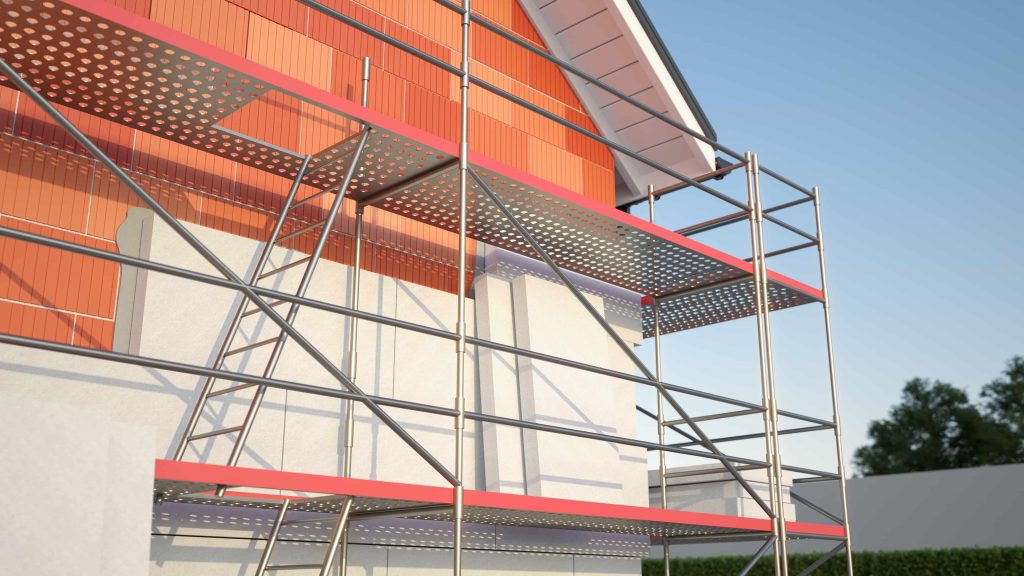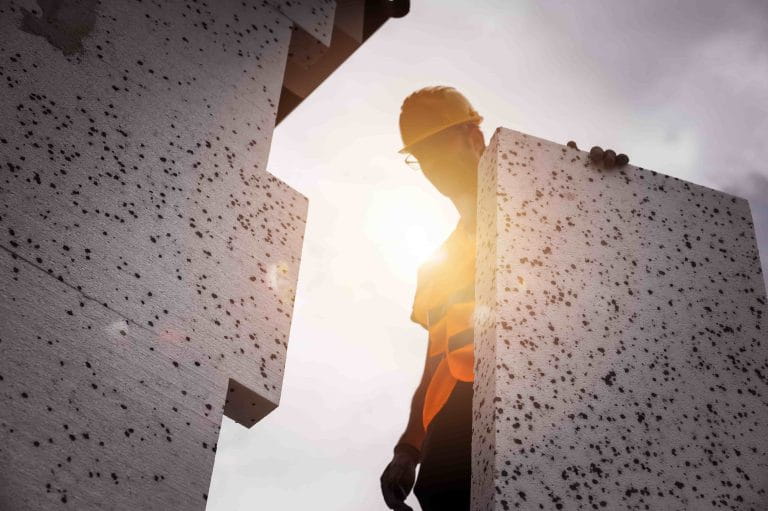The thermal coating is one of the solutions adopted in the building sector to make the thermal insulation more effective. It helps to improve home comfort and energy savings. Let's find out together how it works and how to make the most of it.
What is thermal coating?
Thermal coating involves a series of insulating layers that can be applied inside and outside the building. For this reason, we have a thermal insulation to counteract the heating dispersion and to reduce energy consumption:
- it maintains adequate temperatures in winter;
- it prevents the sun from radiating heat indoors in summer.
The insulating capacity of external cladding systems is also functional for enhancing sound insulation.
There are two types of thermal coating: external and internal.
- The external thermal coating is very widespread and is suitable as an intervention both for small buildings such as villas or for larger ones such as apartment buildings. It guarantees greater thermal insulation, contrasting mould and reducing thermal bridges, i.e. those cold areas due to construction discontinuities.
- The internal thermal coating involves the application of insulating panels on the internal walls. They are thinner than the external ones: in this way, indoor volumes and spaces are not significantly reduced. It is a particularly valid option for urban structures for which it is difficult to work on the external walls.
The external thermal barrier coating is made up of several parts:
- the thermal insulating material (panel);
- glue;
- dowels;
- the background plaster;
- the finishing plaster;
- the reinforcing or armour layer.
It is therefore a thermal insulation composite system according to the standards indicated by the European association EAE (European Association for External Thermal Insulation Composite System).
The internal coat can be assembled with expanded polystyrene panels, then covered in plasterboard. In terms of costs it is cheaper than the external one and installation times are quicker. However, it should be considered that if it is not thin enough, it impacts on the volumes of the indoor environments and that its presence will have to be taken into account in the event of subsequent works.

What is the best material for thermal coating?
A good quality thermal coating means energy efficiency for the building on which it is applied.
This expression indicates that a structure is able to ensure high energy performance by consuming fewer resources and reducing consumption.
In evaluating which is the best material for a thermal barrier coating, density and thermal conductivity must be taken into consideration.
- The density of the material affects the wall’s thermal inertia. It is the ability to adjust the temperature more or less slowly in response to the variation in outdoor temperature.
- Thermal conductivity indicates the material's ability to transmit heat.
There are thermal coatings on the market in synthetic, mineral or natural materials.
- Synthetic materials include expanded polystyrene and PVC. They are certainly the cheapest, also because they are more available. On the other hand they are light and with a lower thermal inertia. They must be subjected to specific fireproofing treatments or they would be very dangerous in the event of a fire.
- Rock wool and glass wool are two materials of mineral origin. They are high quality elements (thanks to their soundproofing capacity), quite expensive and require longer processing times. On the other hand they are durable, biodegradable and fireproof.
- With an eye to the environment, coating in natural materials offer interesting solutions: sheep's wool, cellulose, cork and wood fibre. They are applied in sustainable construction and their performance comes from their intrinsic natural properties. They resist humidity and are recyclable, as well as non-toxic.
How long does a thermal barrier coating last?
The quality of the materials always makes the difference. With thermal coating, it plays an even more fundamental role considering the impact it has in improving building energy classes.
Insulation helps to add value to the property. In fact, the energy class measures the energy quality of the building. It considers energy needs both for heating and domestic hot water production and for lighting, too.
Hand in hand, choosing the best material for thermal coating determines its duration.
The thermal barrier coating has an average duration of between 40 and 50 years.
The most important factors to ensure a sufficiently long life are:
- the design, which should be be entrusted to competent and qualified professionals;
- installation, that demands the ability of expert professionals with proper know-how;
- the quality of the material, precisely, which is linked to the necessary certifications and guarantees.
Adequate maintenance is also essential to counteract the ageing of materials.
The inspections are used to evaluate the state of the barrier coating and to monitor any swelling or cracks.
It is vital to preserve the coat from the humidity caused by stagnant water which ends up generating mould. The surface on which the insulation is applied must have architectural elements which prevent water from creeping inside (parapets, roof overhangs, adequate drips).
The coating itself is not an insulating layer that completely prevents its formation.
If mould is caused by the cold temperatures of thermal bridges, it can work as a barrier: it is vital that designing and installation steps have been completed in a workmanlike manner.
On the contrary, it is not effective with moulds caused by external infiltrations and with rising damp, due to foundations’ inadequate waterproofing. It is not even useful for stopping the humidity that persists inside an environment because there is no air recirculation.
When is thermal coating not advisable?
Considering thermal coating as a definitive solution to mould is not the best of intuitions.
As previously indicated, it cannot contrast the damage caused by rising damp and thermal bridges on which it is not possible to intervene.
So, is it a useless solution? No: it simply requires some simple habits.
- The air exchange favours the ventilation of the rooms, helping to maintain an optimal level of humidity, between 45% and 55%.
- Thanks to the installation of adequate mechanical ventilation systems, air can be recycled in the indoor environments.
- Proper heating management is a very primary step.
In the winter season, keeping an internal temperature around 19/20 °C (68 °F) prevents the rooms from cooling down or heating up excessively. In fact, the temperature range contributes to the presence of condensation which generates mould.
Technological tools come in handy, including smart thermostats. These devices not only set the most suitable temperature in the different rooms, but also detect the humidity level.
They can be adjusted remotely and communicate with the user through notifications sent to the smartphone to report any anomalies.
Furthermore, thanks to sophisticated algorithms, they learn and process the habits of the inhabitants, automatically setting the heating and contributing to the reduction of consumption.
Savings and healthy air just a click away.










































